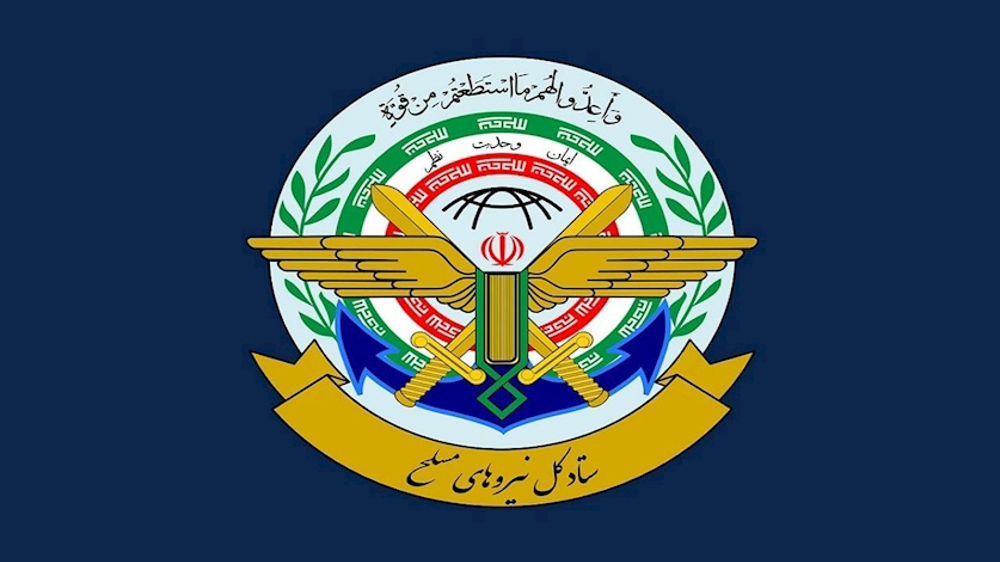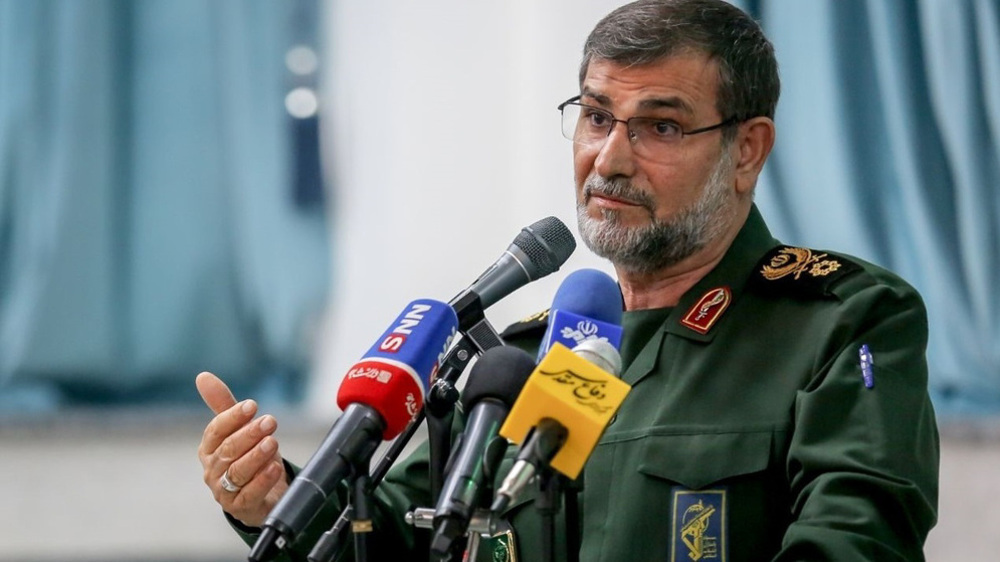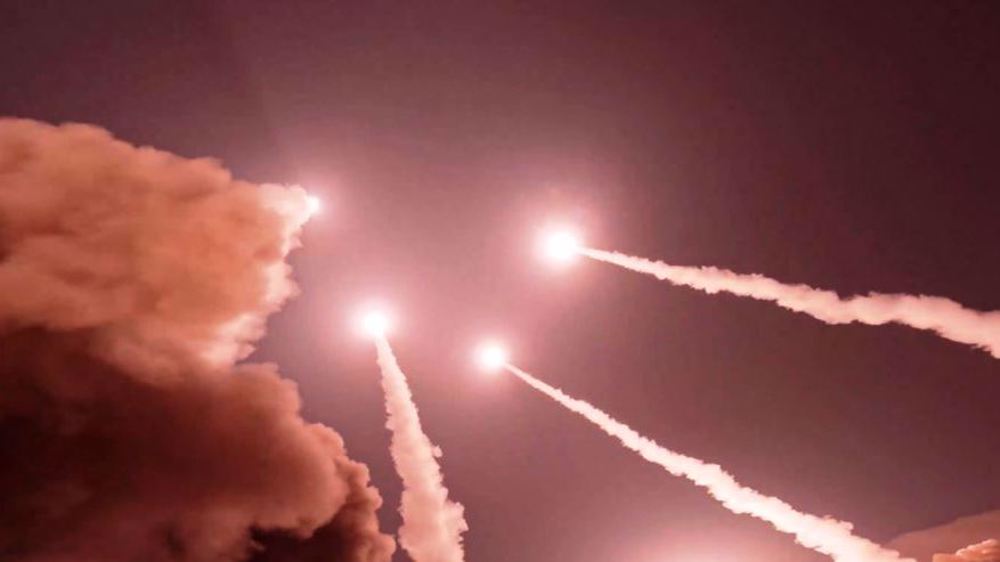‘Iran has sent a message!’ Experts on downing of US drone
Iran’s downing of an advanced US spy drone with a missile last week shows that the Islamic Republic’s air defense capabilities represent a serious challenge to America’s oft-cited military superiority in the skies, experts say.
On Thursday, Iran’s Islamic Revolution Guards Corps (IRGC) shot down a US RQ-4A Global Hawk unmanned surveillance drone that had intruded into Iran’s southern skies.
Shortly afterwards, Iran provided the map coordinates of the precise spot where the drone had been shot. The US first denied that any of its drones had been hit and acknowledged the shooting down only later. It took the US even more time to produce any map coordinates, alleging that the drone had been targeted in international airspace.
US President Donald Trump then ordered the US military to conduct supposed retaliatory strikes against several positions in Iran but then abruptly called off the attacks.
The IRGC said that it had used the indigenous Khordad 3 air defense system, first unveiled in 2014, to shoot down the sophisticated American drone, which can reach an altitude of up to 18 kilometers.
Iran also said the US military had turned off the transponders on the aircraft, flying it on what it believed was a stealth mode.
“The shooting down of the drone shows Iran is revealing a capability and choosing to message it to the United States,” Becca Wasser, an analyst at Rand Corp, told AFP on Tuesday, describing as “significant” the fact that the system is domestically-made.
“The fact that Iran was able to shoot down the drone demonstrates that they have developed or purchased fairly significant capabilities and are skilled at employing these systems,” she added.
Equipped with a powerful phased array radar, Khordad 3 can engage up to four targets at the same time and fire a total of eight missiles at them. It also has an operational range of between 50 and 75 kilometers and can intercept airborne targets as high as 25 to 30 kilometers.
Iran has developed indigenous air defense systems that Western experts sometimes think are modeled after the Russian S-300, which Moscow has procured for Iran.
Iranian defense systems include, but are not limited to, the Bavar 373, SAM Tabas, and SAM Raad, which are regularly displayed at military parades.
The Khordad 3 missile that shot down the US spy drone was a version of the SAM Raad.
The former head of a French intelligence service, speaking on condition of anonymity, also told AFP on Tuesday that even if the US military dispatched large numbers of aircraft over Iran, it had to be prepared for losses since Iranian air defense would be ready to engage.
‘Iran's inside pitch’
The New York Times has also reported that US defense officials were “surprised” by the Iranian capability to down “the high-altitude American drone, which was developed to evade the very surface-to-air missiles used to bring it down.”
“This was a show of force — their equivalent of an inside pitch,” the Times quoted Derek Chollet, a former US assistant secretary of defense for international security affairs, as saying.
Iran has made major breakthroughs in its defense sector and attained self-sufficiency in producing military equipment and hardware despite facing sanctions and Western economic pressure.
The Islamic Republic says its military power is solely for defensive purposes and does not pose any threat to other countries.

Iranian Armed Forces vow ‘harsh response’ to any threat, warmongering

IRGC Navy cmdr.: Any attack on Iran’s interests will be met with firm response

Iran: Operation True Promise III against Israel will be staged
Israeli Finance Minister Smotrich quits Netanyahu regime
VIDEO | Leader meets with ambassadors, officials on Eid al-Fitr
VIDEO | Three weeks of US airstrikes fail to stop Yemen’s operations in support of Gaza
Israeli forces kill dozens of civilians in Gaza
Yemeni forces announce downing of US MQ-9 drone
VIDEO | Gaza mourning instead of celebrating Eid
French far-right leader Le Pen barred from presidential race after embezzlement conviction
VIDEO | Iranians mark Eid al-Fitr with mass prayers












 This makes it easy to access the Press TV website
This makes it easy to access the Press TV website